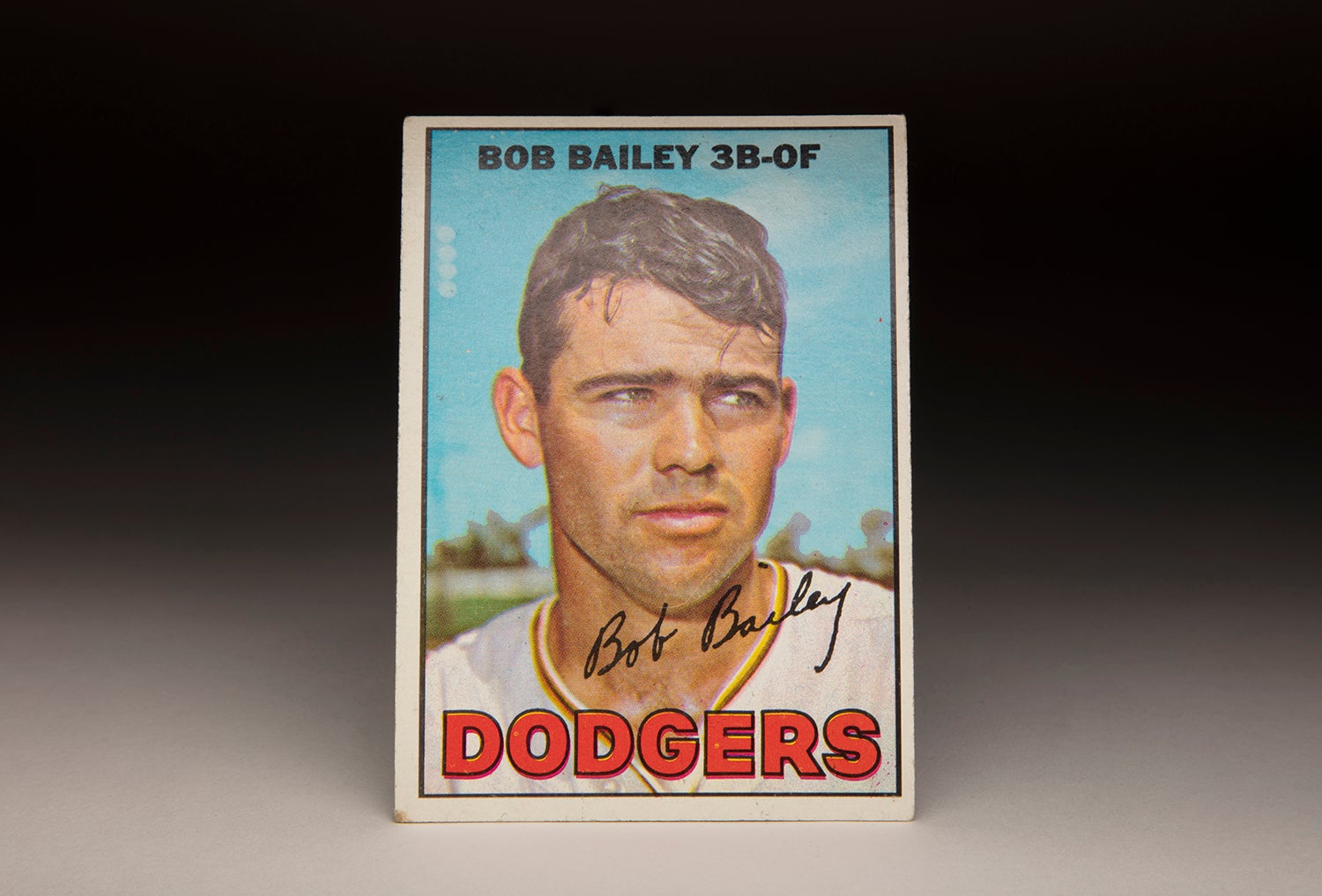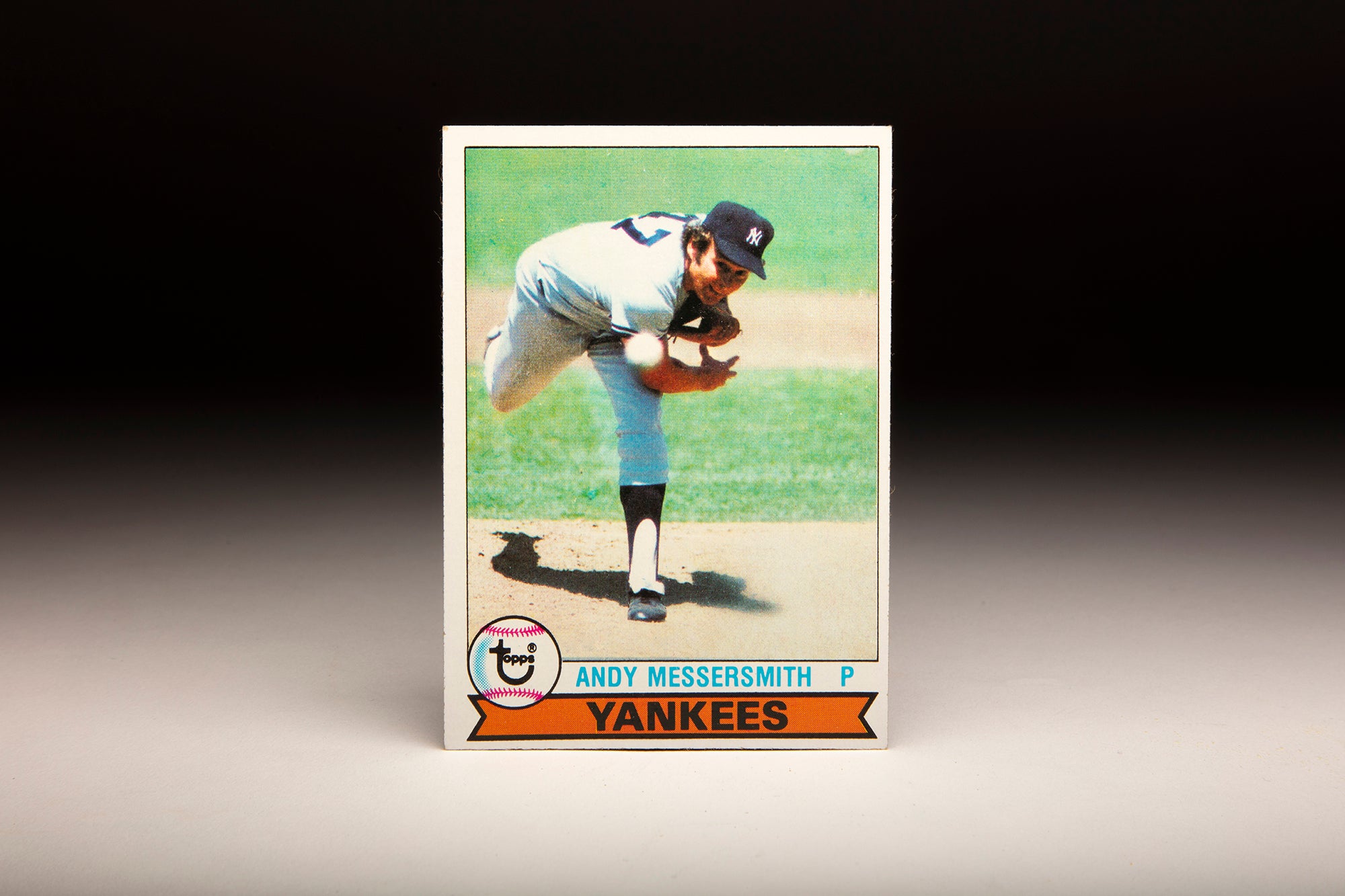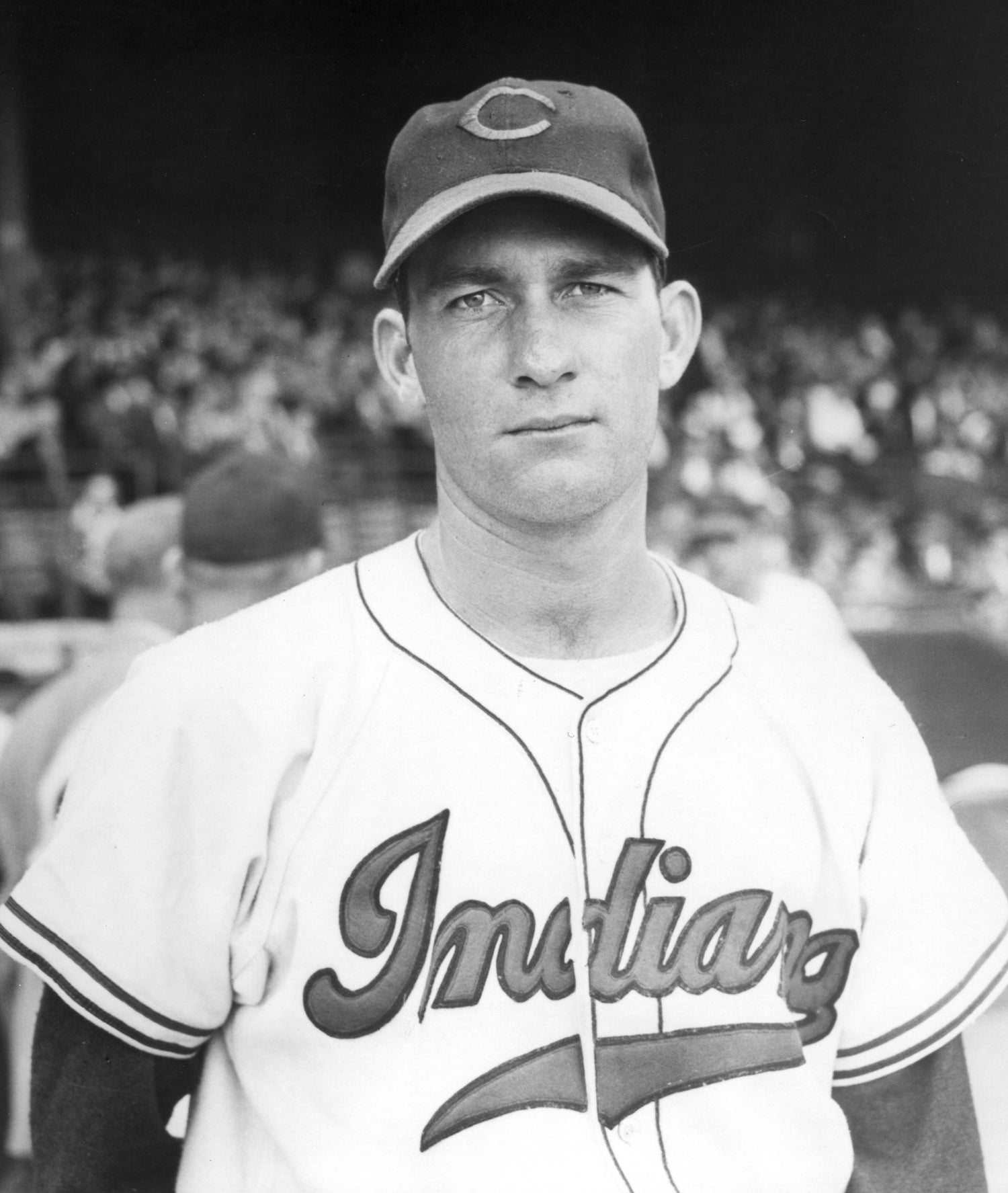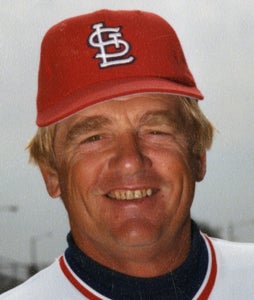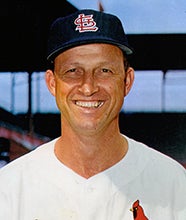- Home
- Our Stories
- #CardCorner: 1975 Topps Jeff Burroughs
#CardCorner: 1975 Topps Jeff Burroughs
A league Most Valuable Player Award is enough to validate almost any player’s MLB career. But the expectations surrounding Jeff Burroughs – especially in his first few seasons – were those of the Hall of Fame and beyond.
And even though he fell short of a bronze plaque in Cooperstown, Burroughs today clearly ranks as one of the better hitters of his era.
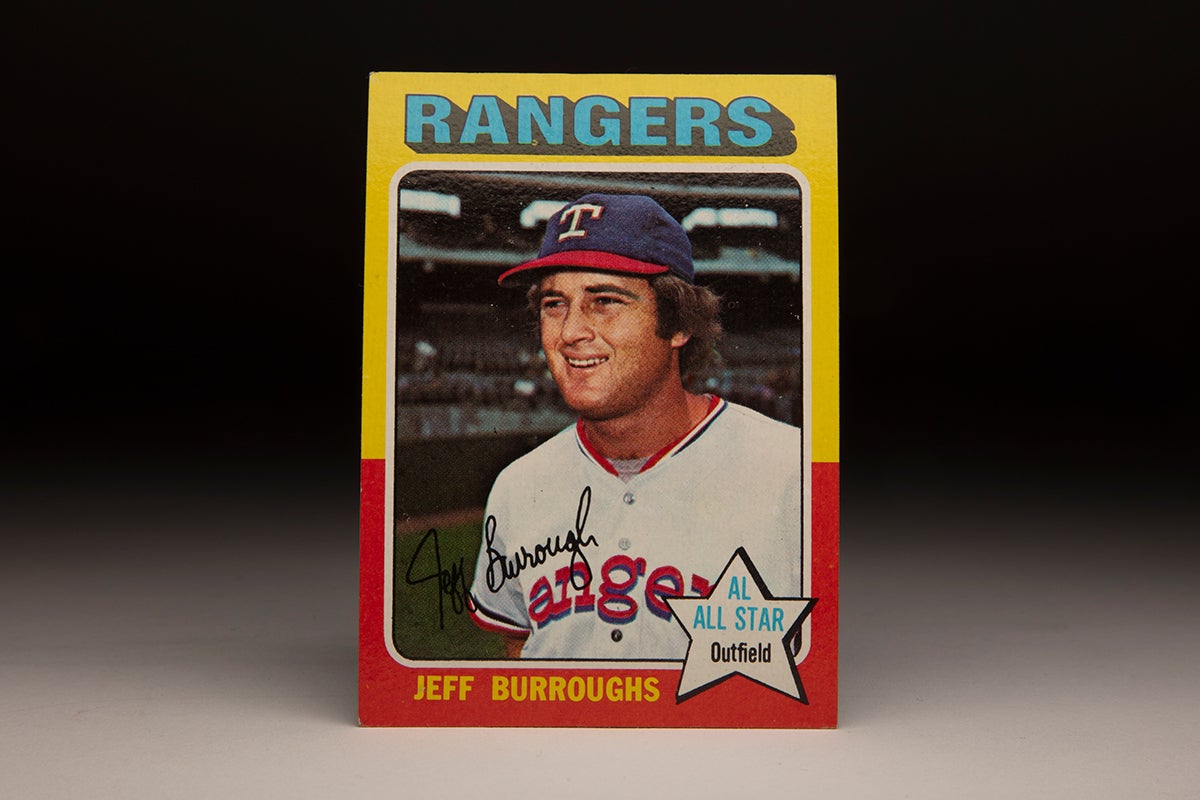
Born March 7, 1951, in Long Beach, Calif., and raised in the year-round sunshine of the area, Burroughs attended Woodrow Wilson High School, which produced big leaguers like Bob Bailey, Bobby Grich (who played with Burroughs in high school) and Andy Messersmith and Hall of Famer Bob Lemon. Burroughs, like so many other Long Beach stars, played at Blair Field – a 3,200-seat municipal park that gave amateur players a taste of a big league-caliber diamond.
Burroughs batted .569 during his senior season at Woodrow Wilson High School in Long Beach and was selected by the Washington Senators with the No. 1 overall pick in the MLB Draft on June 5, 1969.
Committed to Arizona State, Burroughs changed his mind when he received a signing bonus worth a reported $88,000 – nearly $50,000 more than the No. 2 overall pick, J.R. Richard.
“(Burroughs) doesn’t have an outstanding arm or outstanding speed,” Senators manager Ted Williams said. “But he has an outstanding bat.”
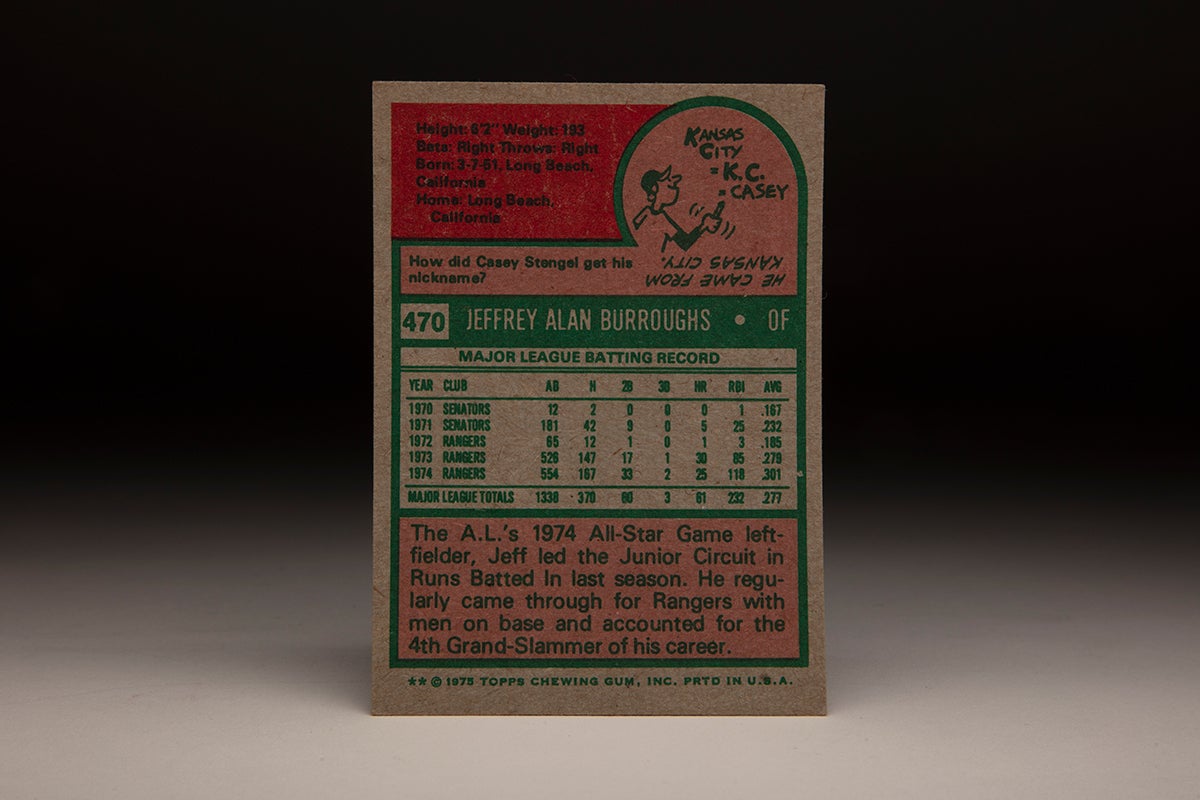
Sent to Wytheville of the Appalachian League, Burroughs hit .355 with eight homers and 48 RBI in 52 games with a .618 slugging percentage. The Senators brought Burroughs to Spring Training in 1970, and in his first game on March 5 he hit a two-run, ninth-inning home run against the Yankees to give the Senators a 7-6 victory.
“I’m too green to make the Senators this year,” Burroughs told the Fort Lauderdale News after his home run. “I don’t have a very good glove and I still have things to learn about hitting. I know I can learn a lot from Ted Williams.”
Williams, meanwhile, believed Burroughs was going to be a star.
“Jeff will probably be the best right-handed hitter in baseball in five years,” Williams told the News. “He has it all going for him – power, ability and good style.”
The Senators promoted Burroughs all the way to Triple-A in 1970, where he hit .269 with 17 homers and 71 RBI in 115 games with Denver – including a short trial at third base where he made 10 errors in 28 games before returning to the outfield. He spent a week in the big leagues in late July, hitting .167 over six games before returning to the minors.
Burroughs competed for a big league job in the spring of 1971 but was sent to the minors in mid-March. After batting .292 with 12 home runs and 58 RBI with Denver, Burroughs was recalled to Washington and spent the rest of the season in the Senators’ lineup in either left field or right field, batting .232 with five homers in 59 games. The first of his 240 big league home runs came Aug. 2 vs. Detroit as a pinch-hitter when he took relief ace Ron Perranoski deep at Tiger Stadium.
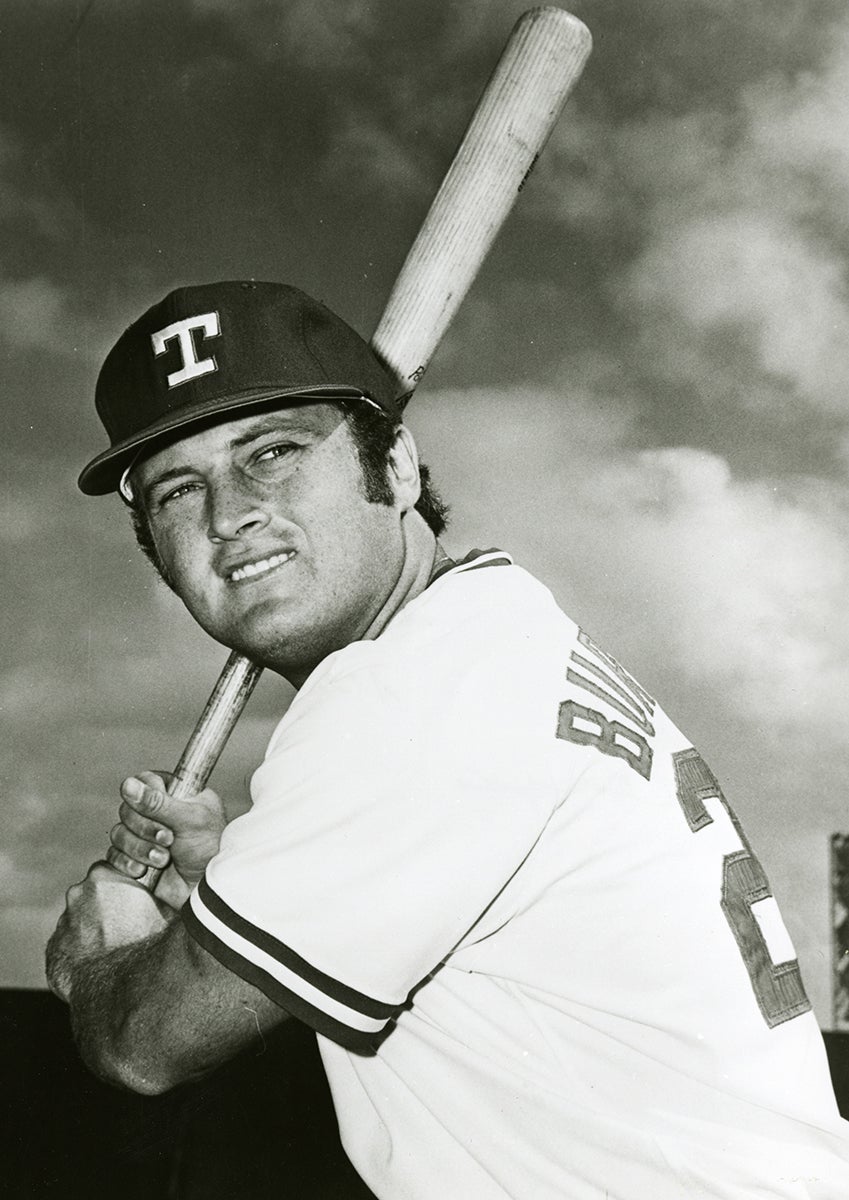
The Senators moved to Arlington, Texas, after the 1971 season to become the Rangers, and Burroughs seemed to have the inside track at a starting outfield job before a back injury put him on the disabled list. He returned to health in mid-May and moved into the starting lineup but was hitting just .185 with a homer and three RBI when he was sent back to Denver in June.
“(Burroughs) looks good,” Williams told the Associated Press during Spring Training. “But he still may be a year away.”
Burroughs batted .303 with 24 homers and 59 RBI in 84 games with Denver that year, spending the rest of the season in Triple-A while the Rangers went 54-100. Rumors swirled during the summer that Burroughs would be traded to the Angels, but the Rangers held onto their prized prospect.
Meanwhile, Williams did not return in 1973, handing the managerial reins to Whitey Herzog. Burroughs won the Opening Day right field job and stayed there for most of the season, hitting .279 with 30 homers and 85 RBI.
“He’s got the sweetest swing in baseball,” Herzog told the Associated Press in 1974. By that time, Herzog had been dismissed as Rangers manager and replaced by Billy Martin – who orchestrated a turnaround that produced 84 victories and a second-place finish in the American League West. Burroughs was the engine that powered the Rangers’ success, hitting .301 with 33 doubles, 25 homers and an AL-best 118 RBI to go with a .397 on-base percentage and .901 OPS.
“He’s got so much potential it’s unreal,” Rangers teammate Jim Fregosi told the AP. “He’s definitely got a few 100-plus RBI years ahead of him.”
But all was not fun and games for Burroughs in 1974. On June 4, he was the center of attention at Cleveland Stadium when fans – fueled by Ten-Cent Beer Night – ran onto the field after the Indians tied the game in the ninth inning and tried to steal Burroughs’ cap and glove. Umpires were unable to restore order and the game was forfeited to the Rangers.
“Suddenly, it seemed like there were about 500 (fans) coming at us,” Burroughs told the New York Daily News. “It was Custer’s last stand. We thought we were goners. Those people were crazy! They had knives and chairs. (Cleveland reliever Tom) Hilgendorf got hit over the head with a metal chair.”
On Nov. 20, Burroughs became the first player from an expansion team – excepting the Minnesota Twins, who moved from Washington in 1961 when the Senators were replaced in D.C. with a new version of the team – to win his league’s Most Valuable Player Award. He was an easy winner over runner-up Joe Rudi of the Athletics, earning twice as many (10 to 5) first-place votes. The Associated Press reported that Burroughs was just the third player to win an MVP in their “sophomore season” – joining Stan Musial in 1943 and Vida Blue in 1971.
“My only real goal when I started the 1974 season to avoid what they call the sophomore jinx,” Burroughs told United Press International. “I had no idea that I might be a candidate for the MVP.
“I have to say that Ted Williams taught me to think at the plate a little more – that hitting isn’t just walking up there and taking three swipes.”
But in 1975, Burroughs was plagued by “three swipes” as he led the AL with 155 strikeouts while batting .226 with 29 homers and 94 RBI. Reports during the season indicated Rangers teammates were criticizing Burroughs for lack of hustle.
“I don’t think there’s any way I can play for this team,” Burroughs told the Fort Worth Star-Telegram in June. “I love the Texas Rangers but I do not know why I have to be crucified. I am in a slump but I’m trying like heck.”
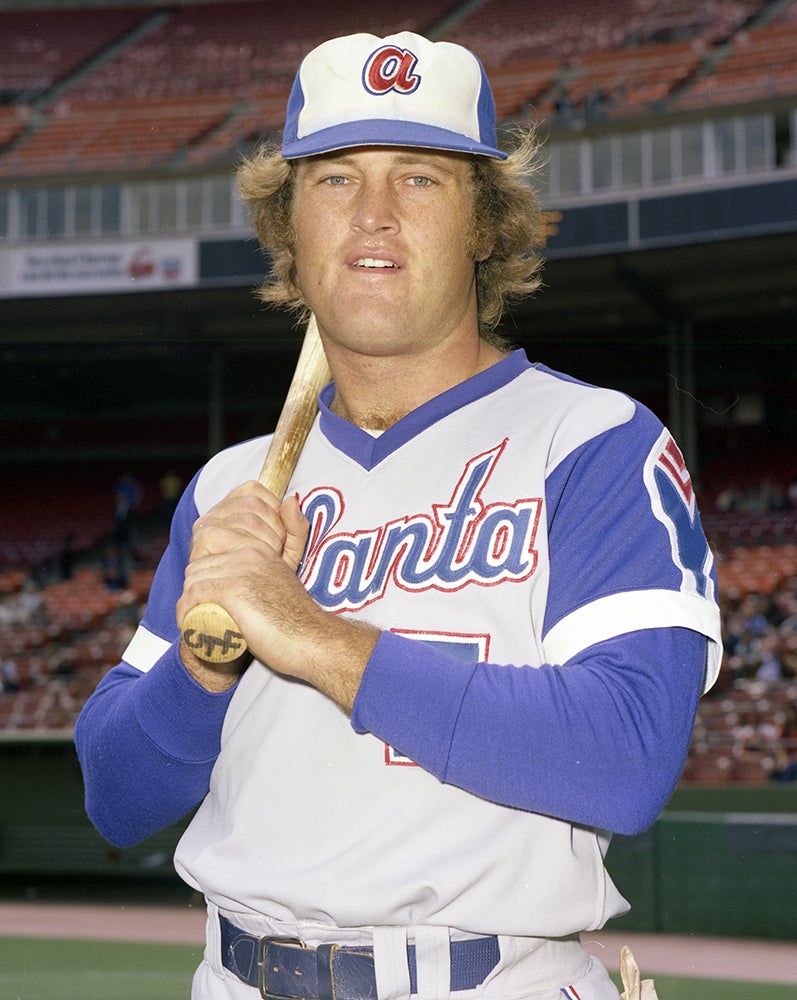
Burroughs struggled again in 1976 after signing a three-year extension at the start of the season. He hit .237 with 18 homers and 86 RBI in 158 games, then found himself embroiled in controversy after the Rangers traded him to the Braves on Dec. 9 in exchange for Adrian Devine, Ken Henderson, Dave May, Rogelio Moret, Carl Morton and $250,000. Burroughs believed that his new contract contained a no-trade clause and met with Rangers owner Brad Corbett after the deal to try to iron things out.
Braves owner Ted Turner countered that such a meeting was tantamount to tampering and that the trade should stand.
“Burroughs is mistaken if he claims he had a no-trade contract,” Rangers general manager Eddie Robinson told the AP.
The deal eventually went through, and Burroughs grew quickly to like Atlanta when he rediscovered his batting stroke. He set what would turn out to be career highs in 1977 with 41 home runs and 91 runs scored while batting .271 with 114 RBI.
“In Texas, I couldn’t hit the ball to right field,” Burroughs told UPI, referring to a consistent breeze blowing in from right at Arlington Stadium that limited the right-handed hitting Burroughs from going the other way with outside pitches. “I tried to pull everything and I can’t do that. They would pitch me away and I would pop up or hit a fly ball. In Atlanta, I can hit the outside pitch to right field for homers.”
In 1978, Burroughs’ power decreased but his average improved as he hit .301 with 30 doubles, 23 homers, 77 RBI and an MLB-best 117 walks, good for a .432 on-base percentage that also led the majors. He was named to his second All-Star Game and signed a three-year extension worth a reported $1.2 million that included a no-trade provision.
But in 1979, Burroughs hit just .224 with 11 home runs in 116 games. Braves owner Ted Turner arranged for a deal that would send Burroughs back to Texas in exchange for Doyle Alexander, but Burroughs vetoed the trade.
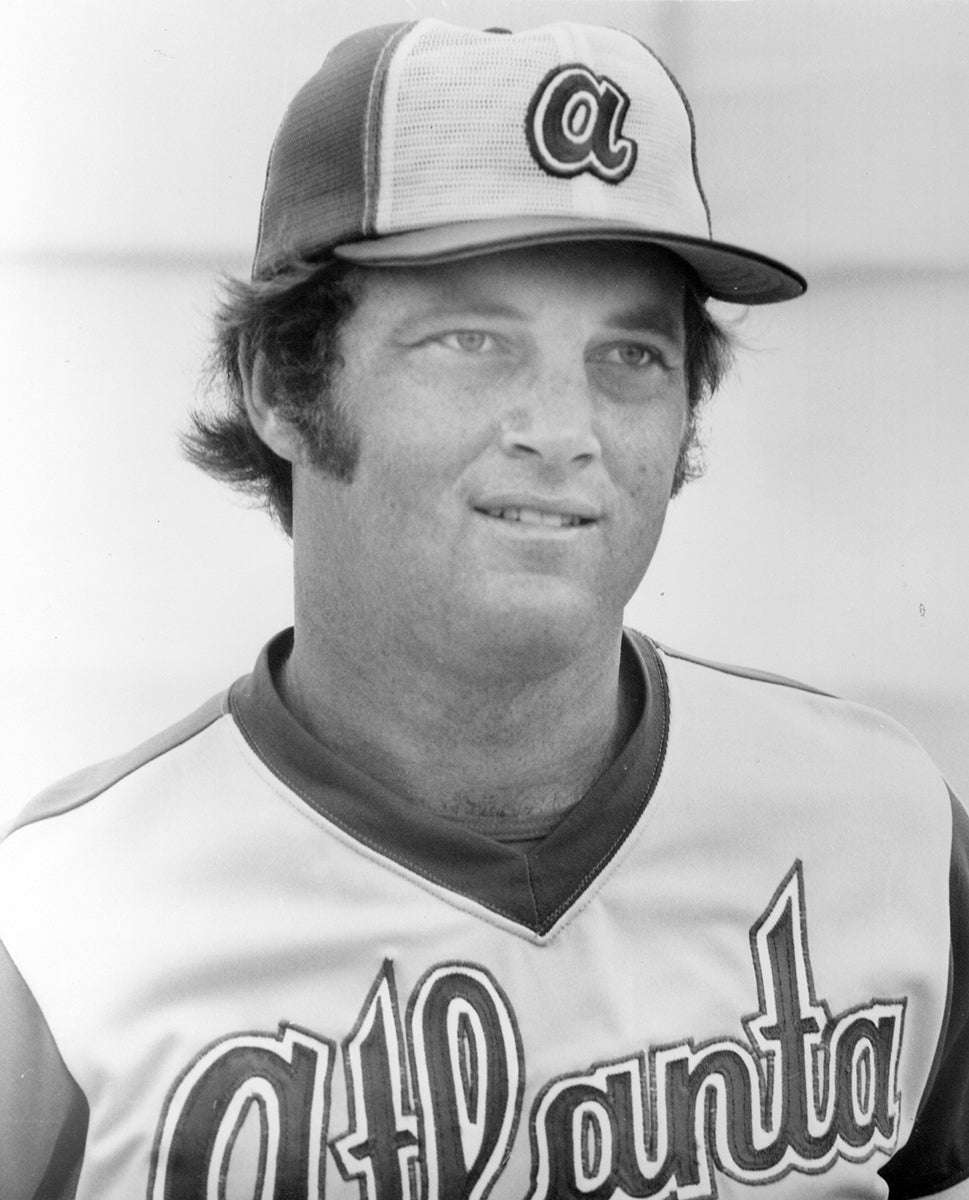
The 1980 season was no better for Burroughs as he clashed with manager Bobby Cox and played in only 99 games, batting .263 with 13 home runs. The Braves worked to trade Burroughs after the season and finally sent him to the Mariners on March 7, 1981, in exchange for pitcher Carlos Diaz.
Burroughs hit .254 with 10 home runs in the strike-shortened 1981 season for the Mariners and then became a free agent. After finding no suitable offers during the winter, Burroughs signed a one-year deal with the Athletics on April 7, 1982, reuniting him with manager Billy Martin. Burroughs produced in a part-time role that season, hitting 16 home runs and batting .277 in 113 games.
He returned to the A’s on a three-year deal consummated on Jan. 26, 1983, and hit .269 with 10 homers and 56 RBI as the team’s primary designated hitter. But Burroughs appeared in just 58 games in 1984, and the Athletics sold his contract to the Blue Jays on Dec. 22. It provided a chance for Burroughs to reconcile with Bobby Cox, who was now the manager in Toronto. Cox used Burroughs as a platoon DH, and Burroughs responded with a .366 on-base percentage, six homers and 28 RBI as the Blue Jays won their first AL East title.
Burroughs’ playing time decreased when the Blue Jays acquired Cliff Johnson from the Rangers on Aug. 28, but Burroughs maintained a professional decorum throughout the pennant race.
“I don’t consider it frustrating,” Burroughs told the Toronto Star. “I feel my role is to adapt to any situation that comes up. When you are going for a pennant, that’s easy.”
Cox included Burroughs on the postseason roster, and he got into one game in the ALCS – grounding out to pitcher Charlie Leibrandt as a pinch-hitter to lead off the bottom of the ninth in Game 7, a contest the Royals won 6-2 to eliminate the Blue Jays.
It would be the last big league game for Burroughs.
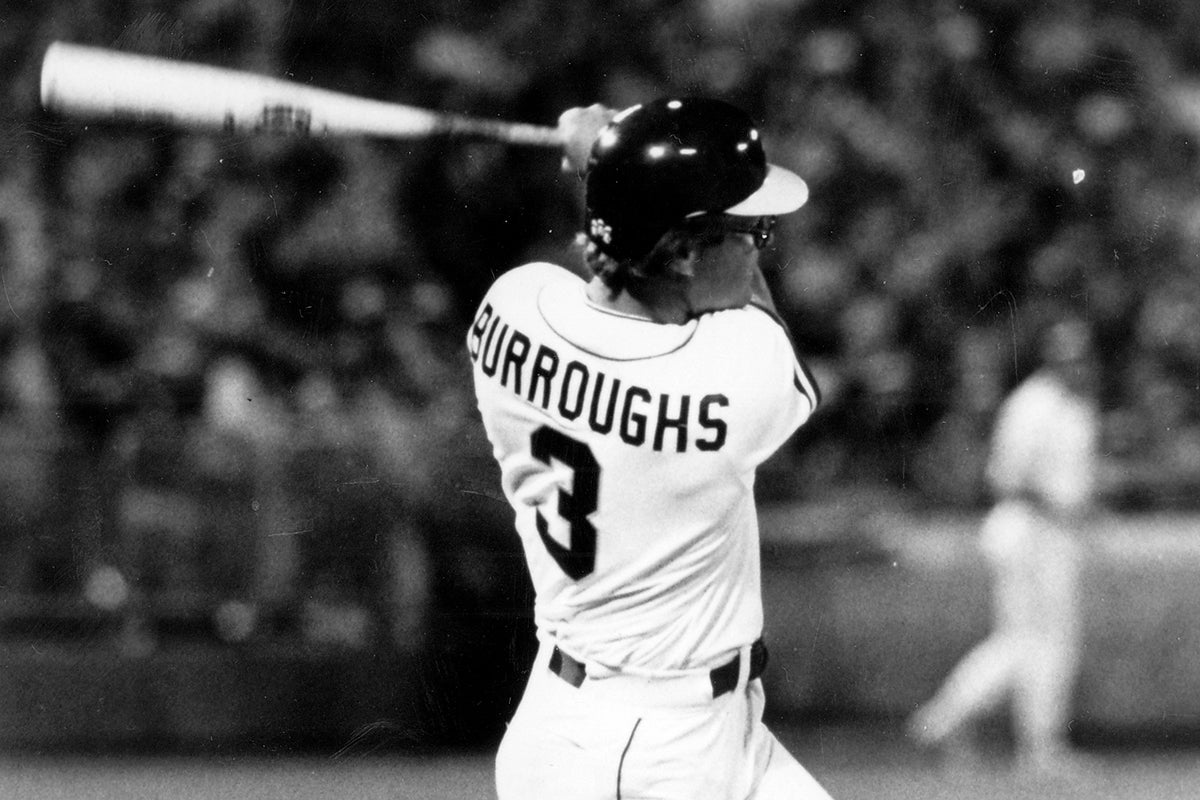
Following his playing days, Burroughs coached his son Sean as the Long Beach All-Stars advanced to the Little League World Series in 1992. Long Beach won the United States title before losing to the Philippines 15-4 in the Aug. 29 championship game. But three weeks after that loss, Long Beach was declared Little League World Series champions when the Philippines team was found to have used ineligible players.
“I’m not saying the USA’s got the best of everything,” Burroughs told the Associated Press after Long Beach was awarded the title. “But when our teams get annihilated, it makes you wonder.”
The next season, Long Beach won the title again, becoming the first U.S. team to repeat as champions. Sean Burroughs went on to become the ninth overall pick in the 1998 MLB Draft by the Padres and played in seven big league seasons for San Diego, Tampa Bay, Arizona and Minnesota. He passed away on May 9, 2024.
In 16 big league seasons, Jeff Burroughs hit .261 with a .355 on-base percentage while totaling 882 RBI and 1,443 hits. And while he never reached the heights some predicted, Burroughs had career peaks that few have ever seen.
“I’ve always felt I could hit for average as well as hit the long ball,” Burroughs told the AP during his 1974 MVP season. “I try to put homers at the back of my mind. I’d rather think about average and RBI.”
Craig Muder is the director of communications for the National Baseball Hall of Fame and Museum

